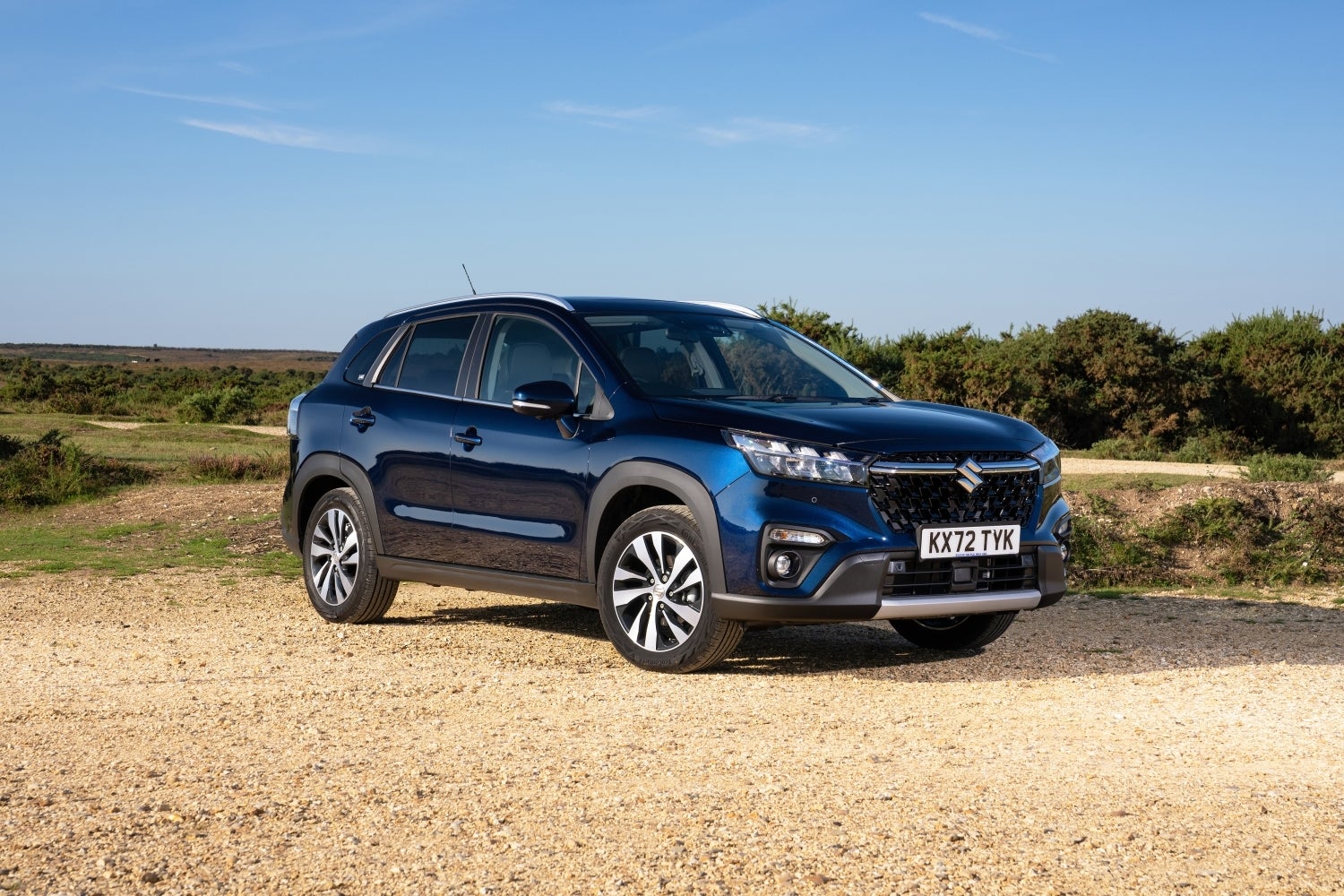
I was thoroughly caught out by the last Suzuki hybrid I drove (through rain-soaked Wales on a media launch). Hybrid, I thought. Suzuki will have licensed the electric bits from Toyota from whom, for Europe, it buys Japanese built RAV4 and English built Corolla rebadged as the Cross and Swace, respectively. Wrong.
That Vitara Hybrid SUV was powered by Suzuki’s own clever new in-house-developed powertrain and now it has migrated to another popular, slightly more upmarket crossover named S-Cross. This updated model was launched ahead of the 2022 model year with 48V Integrated Starter Generator mild hybrid technology and two trim levels: Motion and Ultra (with Suzuki’s four wheel drive dubbed ‘Allgrip Select’). The mild hybrid powertrain is a 1.4-litre K14D turbocharged petrol engine with Boosterjet technology, 235Nm of torque from 2,000rpm, CO2 emissions of 120g/km and fuel consumption of 53.2mpg (WLTP Combined) mpg for the base 2WD Motion model with six speed manual transmission.
Both that and the Ultra 4WD could initially also be ordered with a six-speed automated manual but the 1.4s are now manual only and just the 1.5-litre full hybrid, launched last October, can be ordered with both manual and automatic. CO2 emissions are 118g/km for the Motion Full Hybrid 2WD model (WLTP regulation) and it gets a claimed 54.3mpg Combined.
The 1.5-litre (K15C) engine was intially introduced for the Vitara last year and has multipoint fuel injection and a high pressure fuel pump. The tumble flow of the fuel is created by utilising a straight intake port and a complex shape piston crown design. The higher powered Suzuki system consists of a 140V lithium-ion battery and inverter, Motor Generator Unit (MGU), a 12V lithium-ion battery plus a conventional 12V lead-acid battery to power components requiring lower voltage such as lights, instruments and HVAC. The hybrid system has an Eco mode which increases the frequency of EV driving while, in Standard mode, the MGU more frequently assists the petrol engine and performance is more lively.
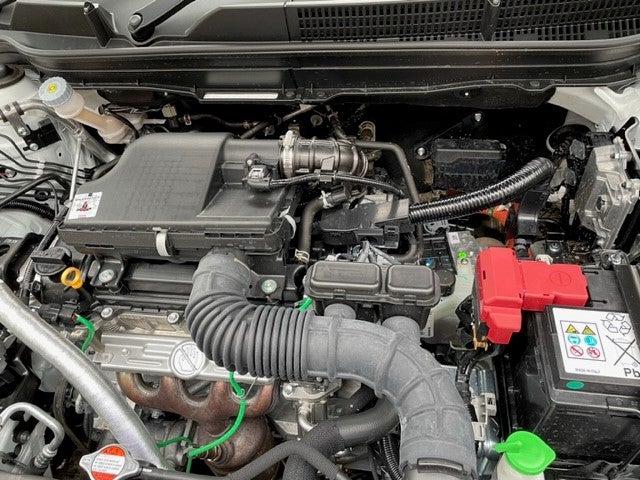
The MGU acts as both a generator and starter motor (like the mild hybrids), is belt driven and assists the petrol engine during vehicle take off. The lithium-ion battery stores electrical energy recovered from deceleration and braking and incorporates an idle stop function operated via the Integrated Starter Generator. Based on engine speed and throttle position, the engine ECU judges when the driver will accelerate and then uses the electric motor assist to add additional torque.
One notable feature already seen on the Vitara is the position of the Motor Generator Unit on the output side of the Automated Gear Shift (AGS) transmission assembly. In doing this, output from the MGU is directly transmitted to the driveshafts to fill the torque gap during shifting and provides a smoother transition from the transmission.

US Tariffs are shifting - will you react or anticipate?
Don’t let policy changes catch you off guard. Stay proactive with real-time data and expert analysis.
By GlobalDataAdditionally, the hybrid system efficiently collects kinetic energy and generates electricity by stopping the engine and disengaging the clutch during deceleration which expands the EV driving range. This device is chain driven and reduces the rpm of the MGU to increase torque which is then directly transmitted to the driveshafts to drive the wheels.
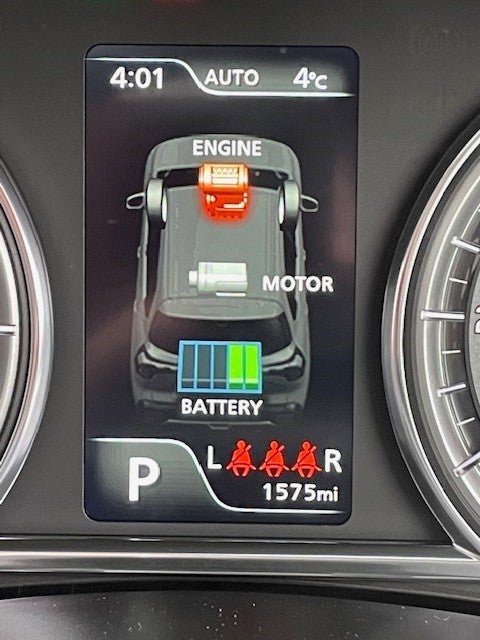
Standard equipment for ‘base’ Motion includes 17-inch painted alloy wheels, three signature LED projector headlamps for low and high beam, Apple CarPlay and Android Auto smartphone connectivity, Traffic Sign Recognition, Blind Spot Monitor, Adaptive Cruise Control with speed limiter, keyless entry and start, dual zone auto air conditioning, seven inch display screen, heated front seats, front and rear parking sensors, rear parking camera and seven airbags. Moving up to Ultra as reviewed adds four wheel drive, 17-inch polished alloy wheels, leather seat upholstery, integrated navigation with nine-inch screen, panoramic sliding sunroof and – my favorite device on any car – a 360 view camera.
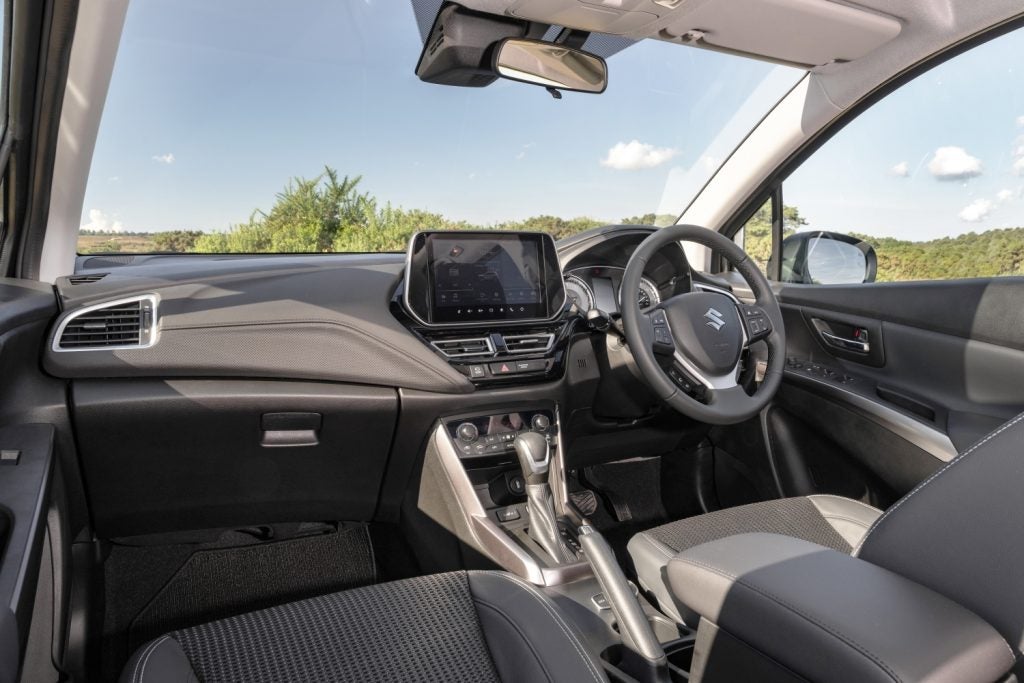
I long held a dim view of automated manuals as, in their early days, they could be quite abrupt shifting, especially under hard acceleration. The S-Cross transmission, like the Vitara’s is very good albeit not as smooth as the latest conventional or DSG shifters. Circa 40mpg economy is easily achieved as the car runs on electricity as much as possible around town and the engine shuts off as much as possible. The Standard mode makes more use of the petrol motor boosted by the MGU than Eco and various all wheel drive modes can be selected via a rotary control to suit conditions. It obligingly snowed during our review and the car in Snow mode had no problem coping with the steeper-than-it looks climb from main road to my street, via two sharp turns that are often coated in ice all day. AWD also provides useful grip on rain slick roads and is always worth having.
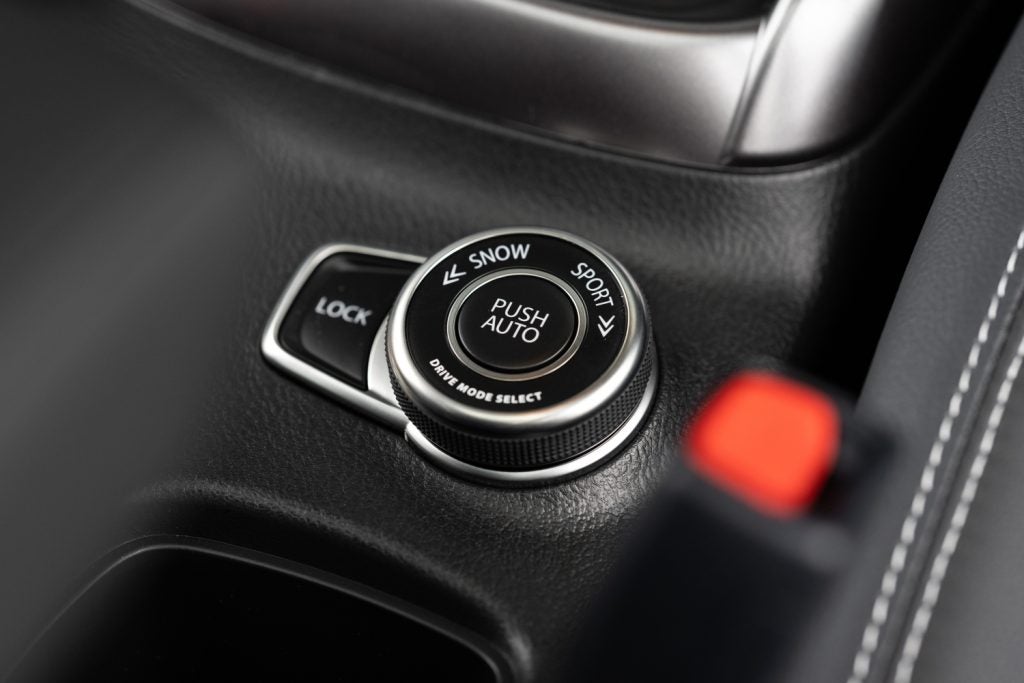
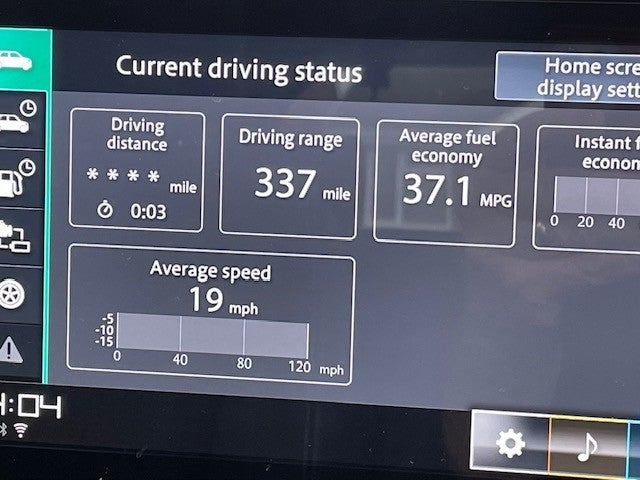
The rest of the car proved as likeable as the Vitara full hybrid. It’s a handy size for mostly urban use and seats four comfortably, five at a bit of a squeeze. It’s generously equipped and the Ultra’s full length panoramic sunroof went down a street with the Roberts Juniors who love the feature. The Magyar Suzuki plant, which has built Suzukis (and the odd rebadged model for Subaru) in Europe for decades, does a fine job of panel fit and finish and a quality interior thought the materials, of course, aren’t as lavish as you find in some of the pricier D-SUVs next size up.
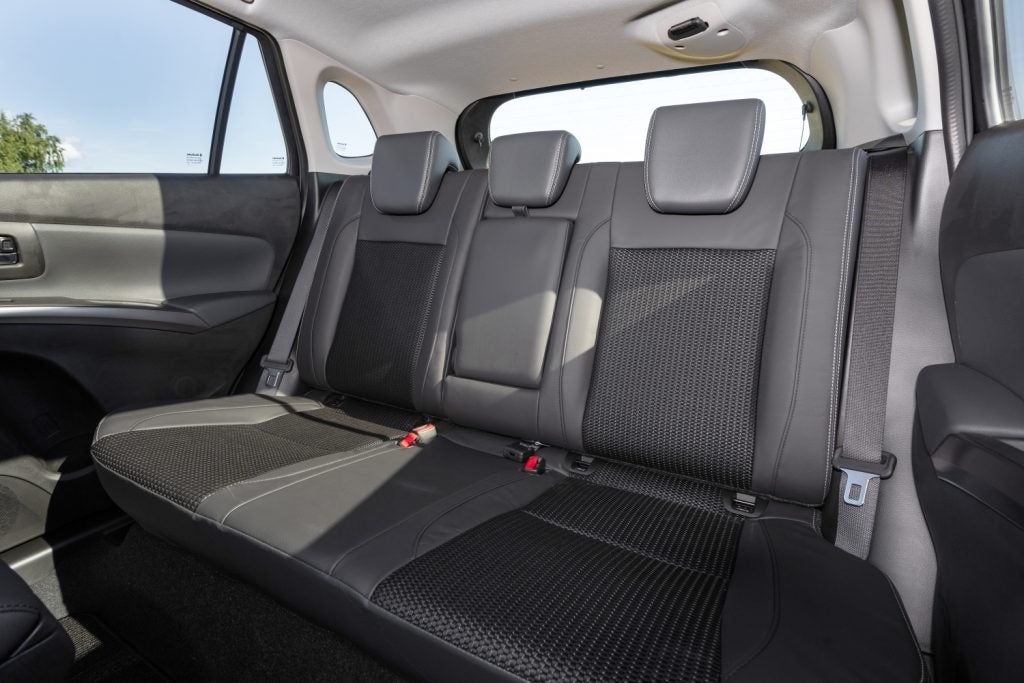
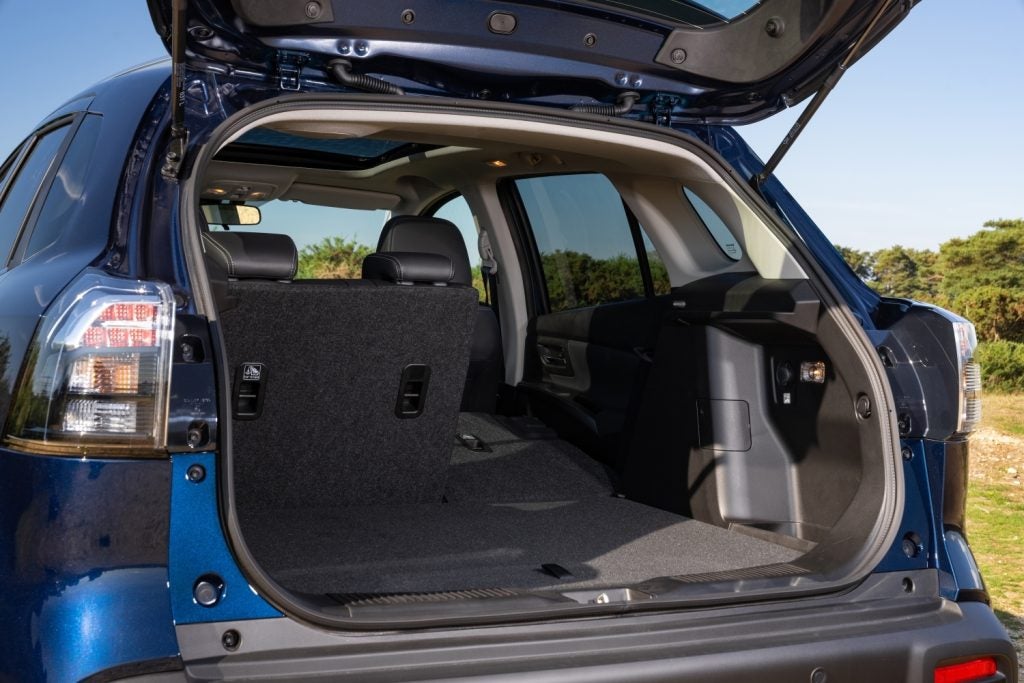
UK buyers are spoilt for choice in the S-Cross’ segment of mild and full hybrids. Suzuki GB compares it with the Nissan Qashqai 1.5 e-Power Auto Full Hybrid, Hyundai Tucson 1.6 T-GDI HEV Auto Full Hybrid, the Kia Sportage 1.6 T-GDI HEV Auto Full Hybrid, Peugeot 3008 1.2 Puretech Auto Petrol, Nissan’s Qashqai 1.3 MHEV CVT Mild Hybrid, the Mazda CX-30 2.0 Skyactiv-G Auto Mild Hybrid, Kia Sportage
1.6 T-GDI 48V DCT Mild Hybrid, Seat Ateca 1.5 TSI DSG Petrol, Hyundai Tucson
1.6 T-GDI MHEV DCT Mild Hybrid and the Citroen C5 Aircross 1.2 Puretech Auto Petrol. Approach the segment, perhaps for the first time, and there is a lot of cross-shopping to do just to establish a short list. I suspect it comes down to the usual – liking the car, the cost of the deal with trade-in and possibly whether or not there is a local dealer (a tick for Suzuki in my case).
In that company the latest S-Cross is a worthy contender.




